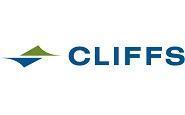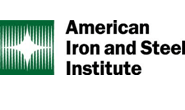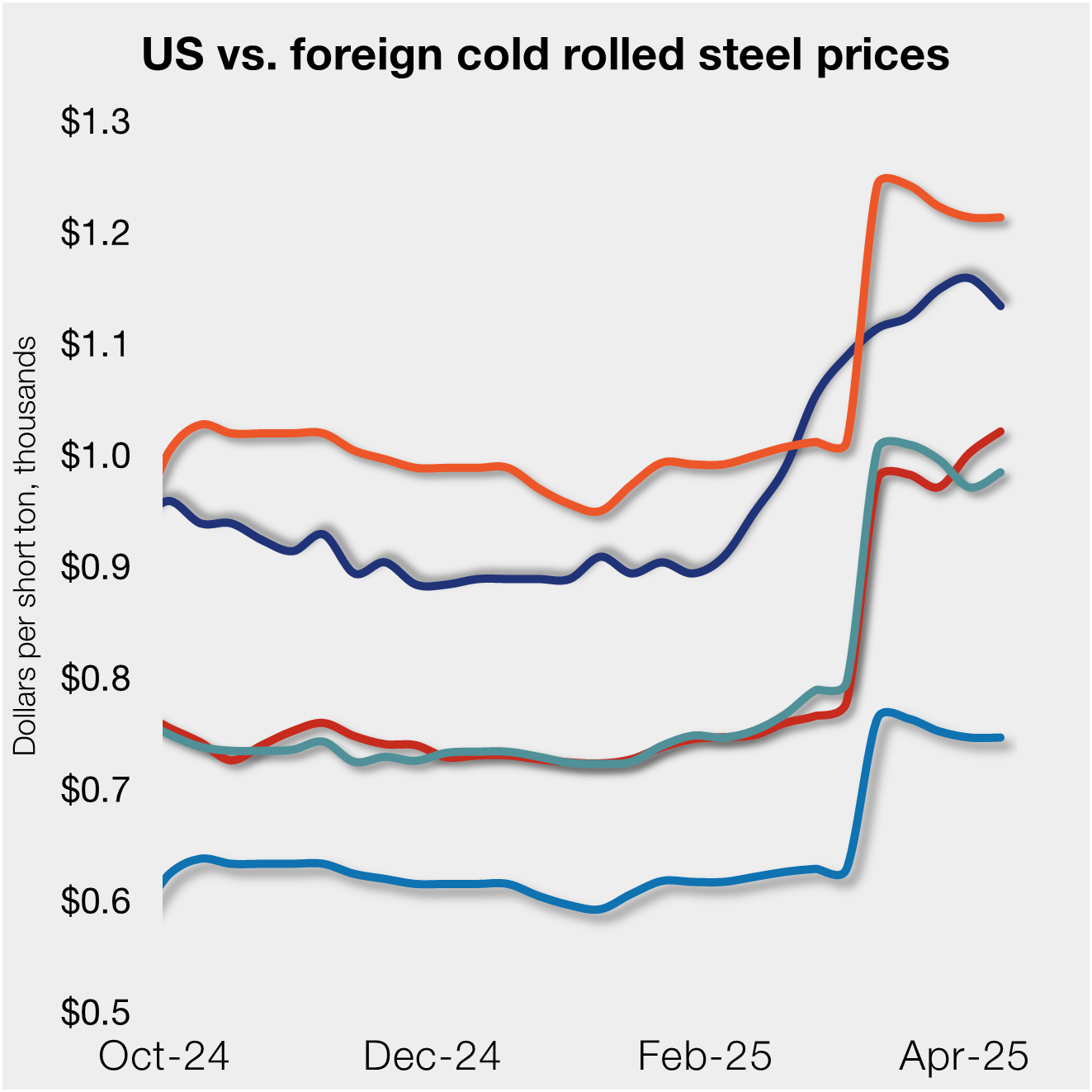Steel Products

Goncalves: Carbon Border Mechanism Could Replace Section 232
Written by David Schollaert
June 29, 2021
The dilemma is global warming, CO2 is just the proxy, Cleveland-Cliffs Inc. President and CEO Lourenco Goncalves said during the opening keynote speech at CRU’s Steel Decarbonization Strategies 2021 Virtual Conference.
![]() Cliffs’ top executive took a strong stance during his talk—which opened the first major event devoted exclusively to the topic of decarbonization in the steel industry—by lauding the efforts already undertaken by U.S. steelmakers. He said domestic producers have provided a roadmap for steelmakers in the rest of the world to follow as they look to lower the industry’s carbon footprint and, eventually, to emit no carbon at all.
Cliffs’ top executive took a strong stance during his talk—which opened the first major event devoted exclusively to the topic of decarbonization in the steel industry—by lauding the efforts already undertaken by U.S. steelmakers. He said domestic producers have provided a roadmap for steelmakers in the rest of the world to follow as they look to lower the industry’s carbon footprint and, eventually, to emit no carbon at all.
Goncalves began by pitting the U.S. against China, highlighting the United States’ unique attributes in steelmaking and its relatively small carbon footprint. That makes the U.S. steel industry the environmental benchmark for the world, which stands in stark contrast to China’s high greenhouse gas (GHG) emissions totals. He contended that U.S. emissions from steelmaking are responsible for 90 million tons, or just 2%, of global steel CO2 emissions, while steelmakers in China are responsible for 2.5 billion tons, or 64%, of total global steel CO2 emissions. He noted that the disparity in steelmaking-GHG emission wasn’t due to total steel production but instead to the amount of CO2 generated per ton of steel. “Each ton of steel produced in China generates 2.5 times more CO2 than in the U.S.,” he added.
The reason for this disparity is the distinctive characteristics of the American steel industry compared to the rest of the world, Goncalves said. Namely, abundant ferrous scrap, widespread natural gas-based power generation, natural gas’s use as a reductant, and the use of iron ore pellets.
Ample scrap has allowed for the prevalence of electric arc furnace (EAF) steelmaking in the U.S. EAFs account for 71% of domestic steelmaking, and that number could soon reach 75% as new capacity—most of it EAF based—comes online. That compares to EAFs accounting for 10% of steelmaking in China. The U.S. also uses a higher percentage of scrap in its basic oxygen furnaces (BOF), which results in a lower carbon footprint for integrated mills as well, he said.
But abundant scrap reservoirs alone are not enough, Goncalves cautioned. “In addition to prime scrap, EAFs will continue to rely on iron reduction from outside sources—such as pig iron and DRI/HBI (hot-briquetted iron) to produce flat-rolled steel.” As the largest net importer of pig iron—roughly 6 million net tons per year—the U.S. will have to account for the CO2 emissions generated by pig iron producers under scope 3 as upstream feedstock, Goncalves noted.
A potential solution for the pollution associated with foreign pig iron is Cliffs’ new HBI plant in Toledo, Ohio. It has an annual capacity of 1.9 million metric tons and will be a key driver of Cliffs’ CO2-reduction efforts, he added.
Another advantage of cheap, abundant and high quality natural gas: The U.S. steel industry is on track to get 50% of its electricity from natural gas. And natural gas is also used as the reductant in the direct-reduced iron (DRI) process—replacing coal, which emits far more carbon. Natural gas is in addition used to supplement coking coal, the reductant used in blast furnaces. That reduces integrated mill’s need for coal and significantly cuts their GHG emissions too. The U.S. is also the only integrated steel industry that relies entirely on iron ore pellets. Pellets generate 85% less CO2 emissions than sinter. And Cleveland-Cliffs runs all of its eight active blast furnaces exclusively on pellets, a stark contrast with the sinter-feed that is the primary charge used by Chinese steelmakers, Goncalves said.
“Global warming is the problem,” said Goncalves. “Currently, natural gas is the best actional path to address the dilemma.”
Cliffs blast furnaces “are currently among the lowest GHG-intensive integrated operations in the world.” The company is committed to reduce GHG emission by 25% through 2030 under scope 1 and 2 by using natural gas via direct reduction and in blast furnaces, adopting clean energy and energy-efficient projects, and continually lowering CO2 emissions with a carbon capture strategy.
Goncalves turned his attention to trade policy—and Section 232 tariffs and quotas—during a Q&A session following his keynote. Cliffs would be supportive of a carbon border adjustment process for the U.S. market, including for pig iron, he said.
He also indicated that he would support easing the national security protections rolled out in 2018 by the Trump administration. “Section 232 was never supposed to be a permanent solution,” said Goncalves. “It was a stop-gap measure that played a very important role. Massive investments have been deployed in the U.S. due to Section 232. … It served its purpose.”
But the issue of fair trade must continue to be addressed. A carbon border adjustment—if based on good data, including upstream emissions—is taken into account. “Free trade is necessary,” Goncalves concluded. “The way to promote free trade would be a carbon border mechanism including scope 1, scope 2, and scope 3.”
Scope 1 refers to emissions generated directly by a producer such as a steel mill. Scope 2 refers to emissions related to the energy that powers that company. And scope 3 includes other emissions associated with a mill’s manufacturing process—such as emissions embedded in imported pig iron.
Lourenco Goncalves will be a featured speaker at this year’s SMU Steel Summit Conference in Atlanta (August 23-25). You can learn more about the conference agenda, speakers, attending companies, costs to attend (in-person or virtually) and how to register by clicking here.
By David Schollaert, David@SteelMarketUpdate.com

David Schollaert
Read more from David SchollaertLatest in Steel Products

AISI: Raw steel production levels off near six-month high
The volume of raw steel produced by US mills remained relatively flat last week, maintaining the rebound seen one week prior, according to the American Iron and Steel Institute (AISI). Previously at the second-highest rate of the year, production continues to hold at one the strongest levels recorded over the last six months.

Nucor keeps HRC price unchanged
Nucor has kept its weekly hot-rolled (HR) coil price flat this week, after a marginal cut the previous week.

SMU flat-rolled market survey results now available
SMU’s latest steel buyers market survey results are now available on our website to all premium members. After logging in at steelmarketupdate.com, visit the pricing and analysis tab and look under the “survey results” section for “latest survey results.” Past survey results are also available under that selection. If you need help accessing the survey results, or if […]

CRU tariff webinar replay now available
CRU’s latest webinar replay on how Trump’s tariffs affect the global steel market is now available on our website to all members. After logging in at steelmarketupdate.com, visit the community tab and look under the “previous webinars” section of the dropdown menu. You’ll find not only this special CRU webinar but also all past Community […]

US, offshore CRC prices diverge
US cold-rolled (CR) coil prices declined this week, slipping for the first time since early February. Most offshore markets deviated, moving higher this week.
